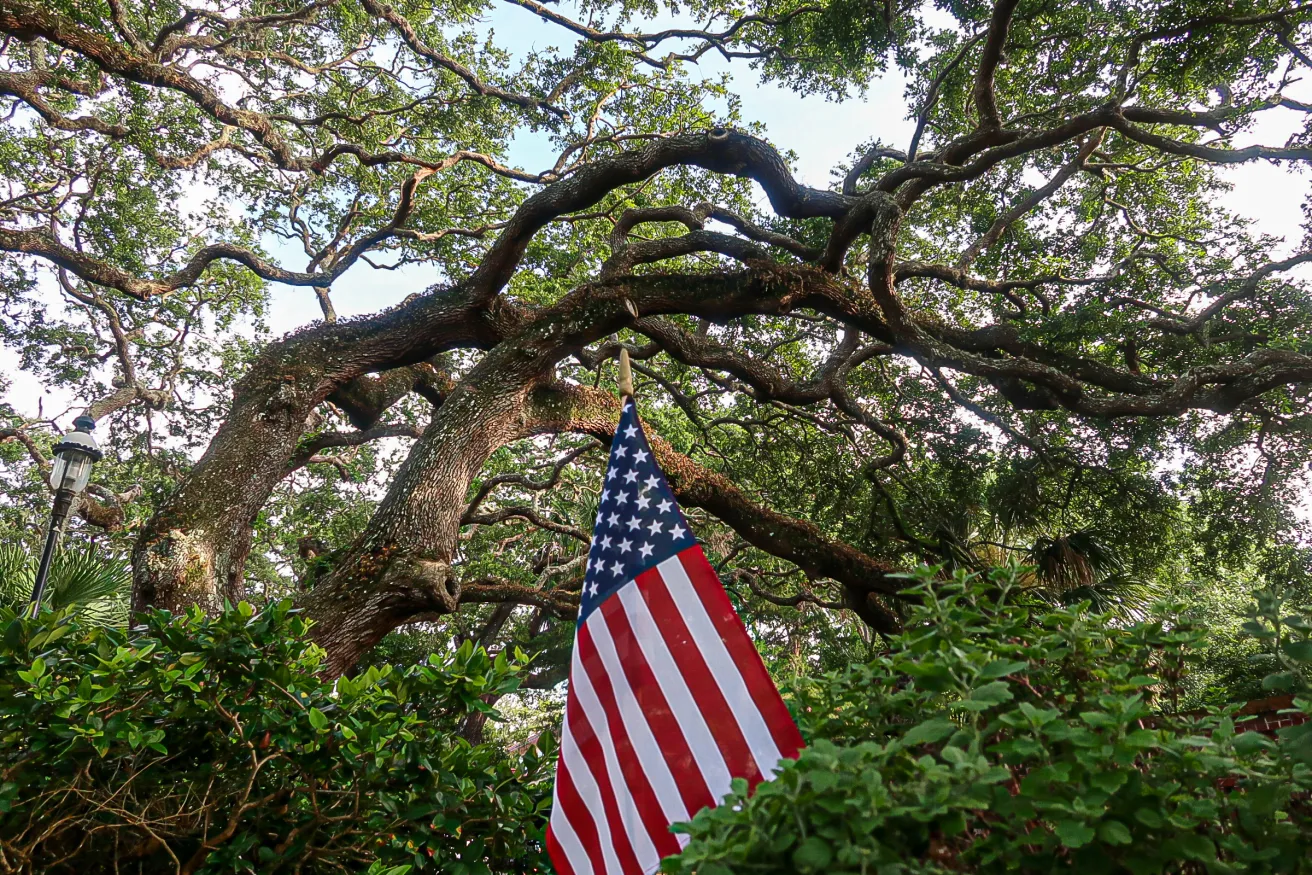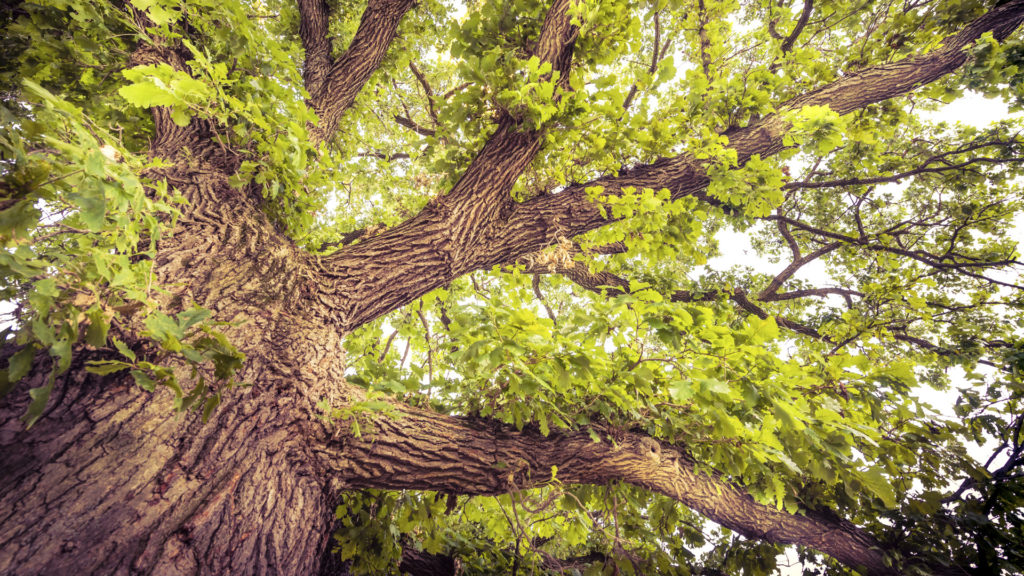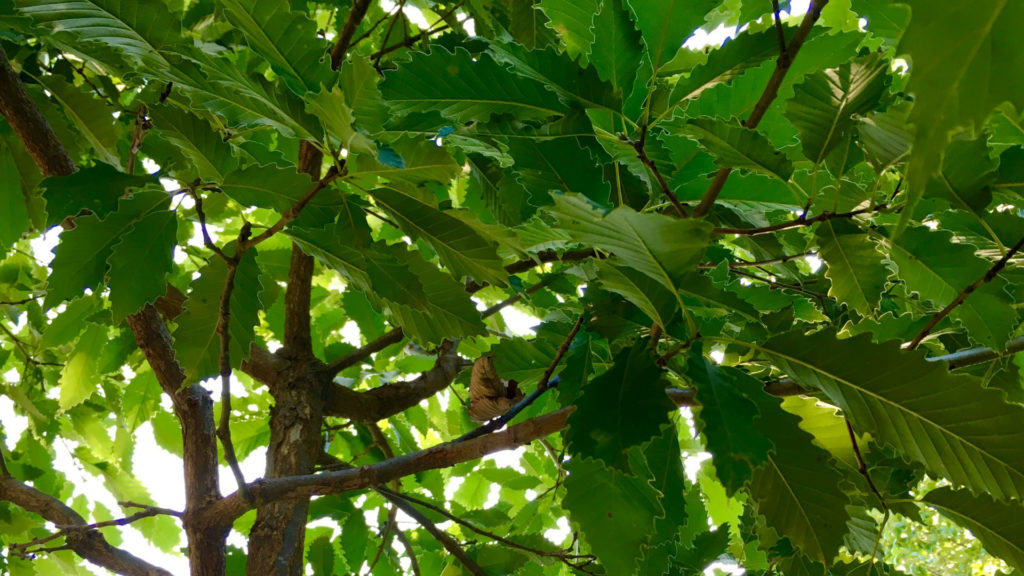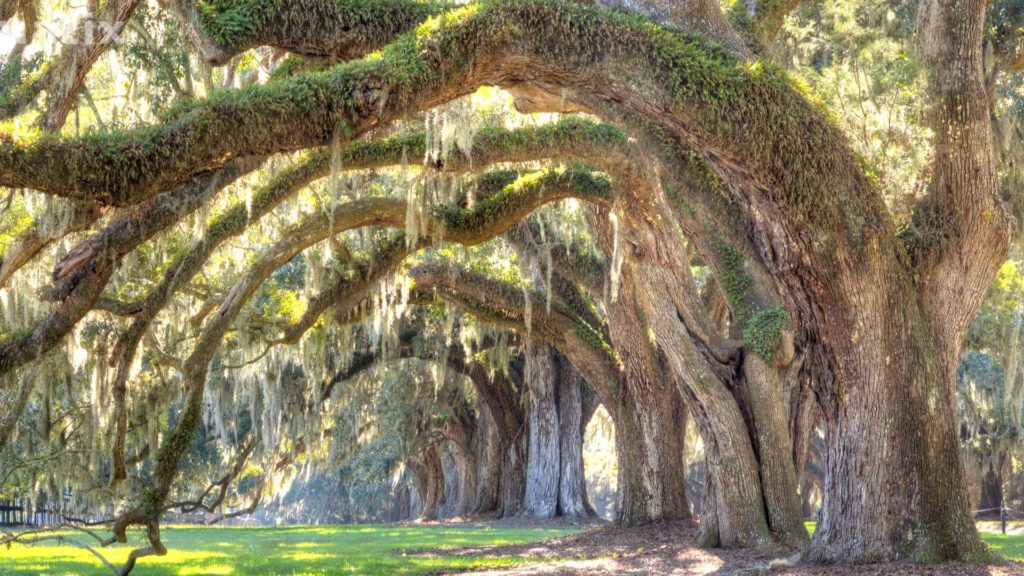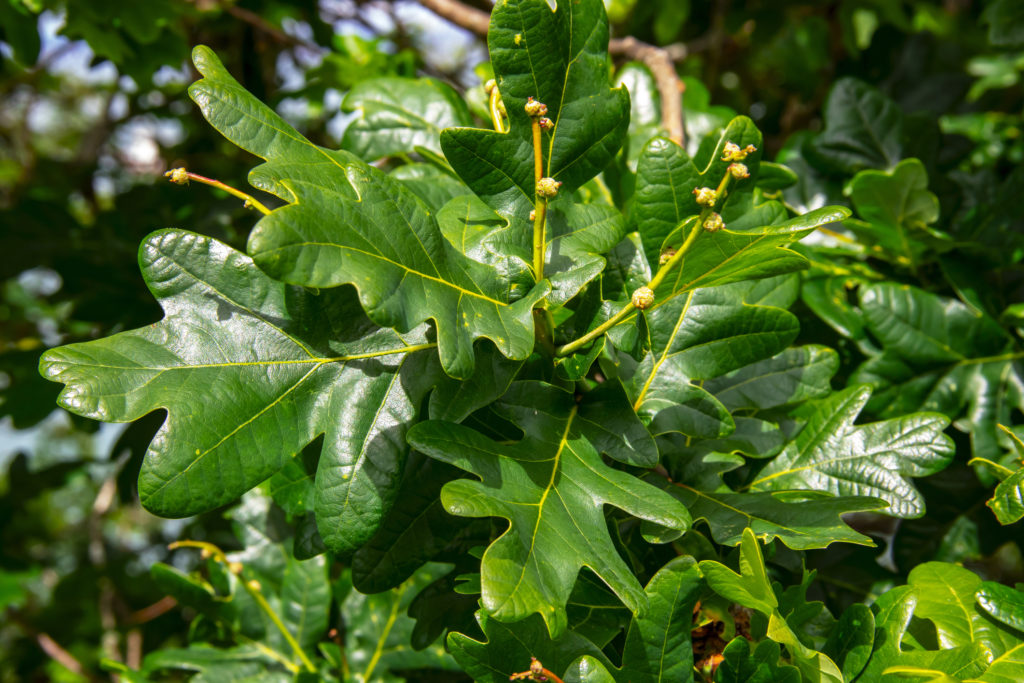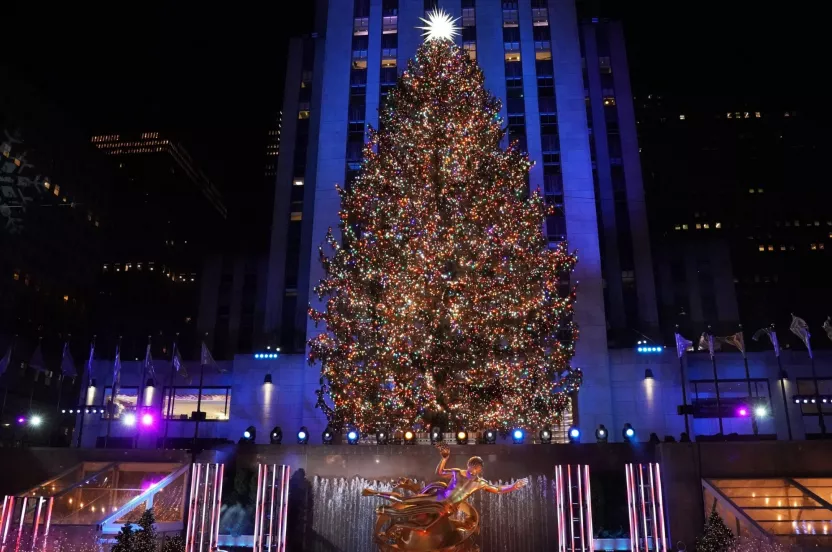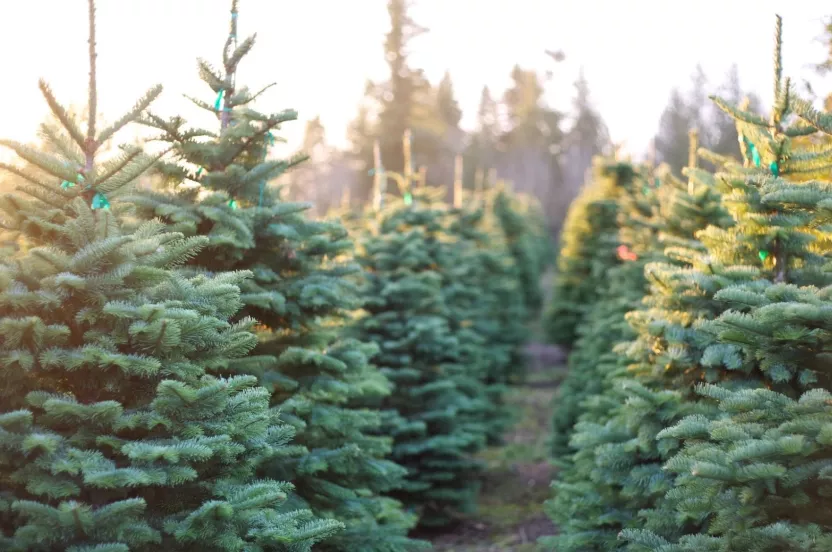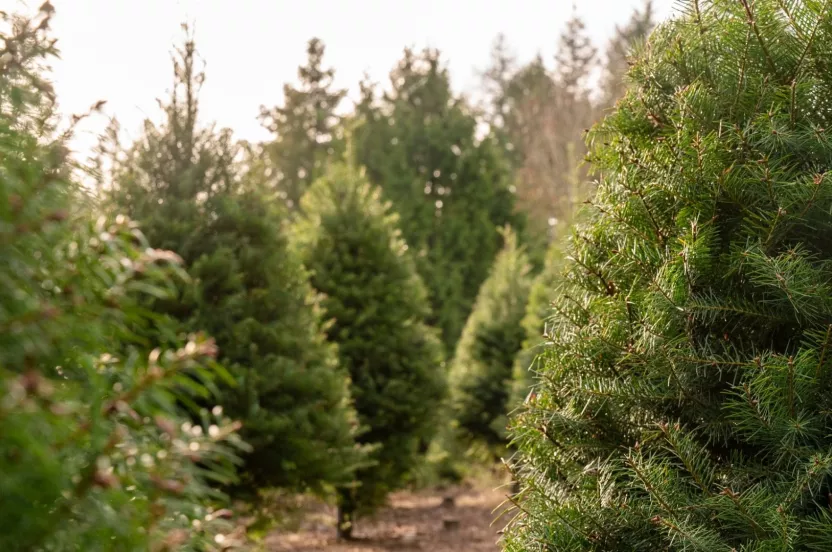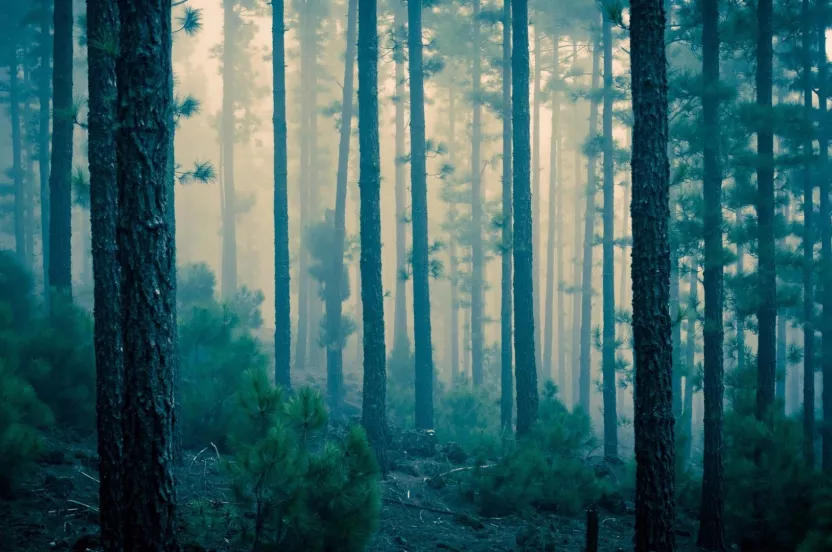The Arbor Day Foundation is pledging 10 million trees to areas impacted by hurricanes Helene, Milton Help us replant
In 2004, the Arbor Day Foundation asked you to vote: Which tree should become America’s National Tree? All of you responded loud and clear. And the bill passed through Congress and was signed by the President by the end of that year.
Our National Tree officially became the oak tree.
With more than 60 species growing natively throughout the U.S., this came as no surprise. This beloved hardwood can be found shading our backyards, lining our neighborhood streets, and standing tall in our parks. It provides food and habitat for wildlife and has also served as a backdrop for some of our country’s most historic moments.
So today, on the most patriotic day of the year, I’d like to take a moment to celebrate the many oaks that have held our treehouses, cooled our summer picnics, and commemorated so much throughout the generations.
Here are just a few of America’s oak species:
Bur Oak
The bur oak is a mighty sight to behold. A coarsely textured crown, wild and wooly acorns, and a massive trunk with deeply furrowed bark combine to make one impressive tree. But really, those characteristics helped this oak survive the elements of its wide-reaching natural range.
In pioneer days on the plains, it came to the rescue of unfortunate travelers who needed new wagon tongues, wheel hubs, or spokes. Sioux City, Iowa, is the location of the Council Oak, so named because Lewis and Clark held council with the Native Americans under its branches.
Chinkapin Oak
With its strong branches and interesting leaves, the chinkapin oak makes a beautiful statement. This conversation piece of a tree is worthy of a prominent place in any larger lawn, estate, or park.
Early pioneers used its wood to make thousands of miles of fences in the states of Ohio, Kentucky, and Indiana. Later on, the trees were used to fuel the steamships that ran from Pittsburgh to New Orleans. They were also used as railroad ties for the new railroads that crisscrossed the Midwest.
Live Oak
Often seen magnificently draped in Spanish moss, the live oak is the iconic tree of the South. It has been called one of the most impressive North American trees and can live to be hundreds of years old.
Its exceptionally strong wood was used in early navy vessels, including the famous USS Constitution. (Yes, 'Old Ironsides' was really made of wood.) Today it is a tree appreciated by arborists and city foresters for its wind firmness, adaptability to various soil types, and tolerance to soil compaction and salt spray.
White Oak
Respected 20th century naturalist Donald Peattie once said, “If oak is the king of trees, as tradition has it, then the white oak, throughout its range, is the king of kings.” It is a bold statement to be sure, but many agree with him. This beauty can be found presiding over pastures, shading parks and neighborhoods, and thriving in natural stands throughout the eastern U.S.
The white oak forever earned its place in history books when it was combined with other oak lumber to build the USS Constitution ("Old Ironsides”). And even in World War II, white oak served our country as the keels of mine sweepers and patrol boats.

